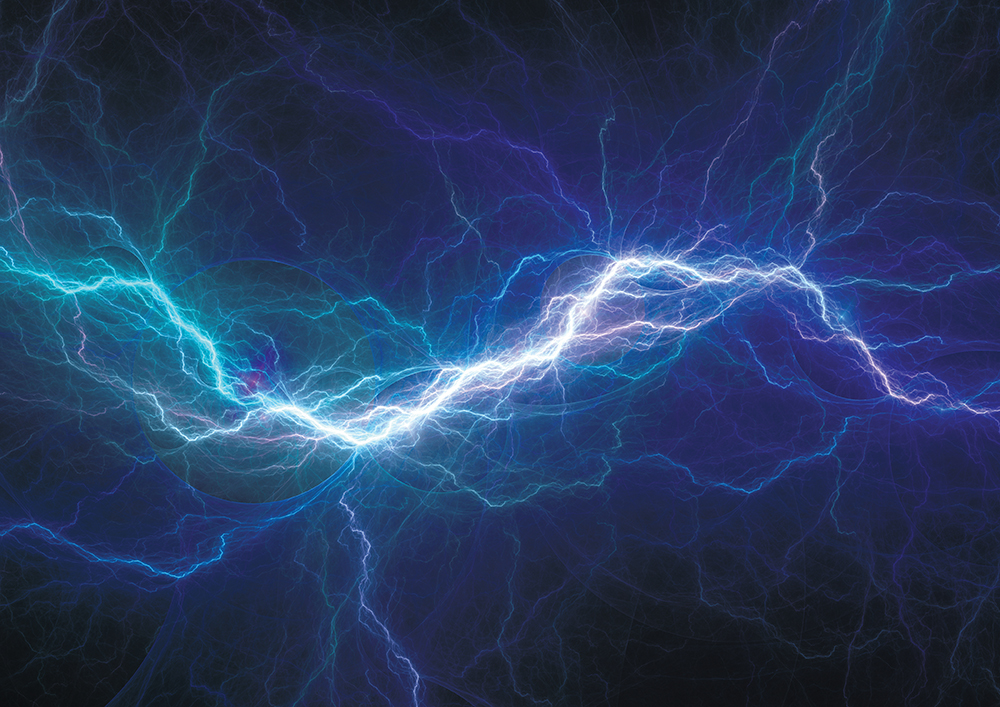A fatal accident at a US-based cosmetics company in November was a reminder that the potential to cause fire is a major hazard associated with the handling of solvents and flammable liquids, particularly when transferring these materials from one receptacle to another. This may involve bulk tanker loading or off-loading, drum or IBC filling or simple processes such as the cleaning and draining of transfer pipelines or sampling.
However, before ignition can occur, there are certain conditions that must be met;
1. For a vapour ignition, the air and vapour must be present within certain concentrations and an ignition source be present.
2. For a liquid fire, the temperature must be high enough and sufficient air must to be present to ignite the liquid. The temperature aspect may arise from the ignition source such as a static spark or from the liquid itself being above its auto-ignition temperature.
Auto-ignition Temperatures and Explosive Limits.
Auto-ignition occurs when the solvent to air ratio is correct and the liquid is at an elevated temperature. This is usually well above the boiling point of the material. This type of incident can occur during manufacturing. For example the failure of a pump seal in a high temperature loop, resulting in loss of containment and almost instantaneous fire.
Explosive limits
When the vapour to air ratio is within certain limits, an ignition source would create an explosion rather than just a fire and after the explosion there will be an associated liquid fire.
Lower Explosive Limit (LEL)
When the concentration of the vapour is below this figure there is insufficient vapour present to cause an explosion i.e. too lean in vapour, too much air.
Upper Explosive Limit (UEL)
When the concentration of the vapour is above this figure there is insufficient air present to cause an explosion i.e. too rich in vapour, insufficient air.
The Technical Committee [1] of the Solvents Industry Association (SIA) has produced a series of Guidance Notes and safety films to be used as a reference for all companies handling solvents, covering a variety of relevant subjects.
The recent incident in New York [2] where a worker died as a result of an explosion involving static discharge igniting a flammable liquid followed a similar incident earlier this year in Spain with a bulk tanker delivery. These have again raised awareness of the dangers posed.
A hazard that is often underestimated, the SIA has recently reviewed and re-issued their publication, Guidance Note 47 – ‘Flammable Solvents and the Hazard of Static Electricity’, which emphasises the importance of considering static discharge as an ignition source for serious fires that can occur during everyday operations involving the handling and processing of flammable liquids.
The document is supported by the accompanying short safety film, ‘Solvents and Static Electricity’, both of which are available to view via the SIA website www.solvents.org.uk/category/health-safety/
To further highlight the issue, the SIA has worked closely with one of their members, Newson Gale to compose the following case study which investigates the factors resulting in a real-life electrostatic ignition incident involving toluene. The incident occurred from what appeared to be the simple process of filling a metal bucket via gravity fed 0.75” metal piping. In the case of toluene, an explosion will occur at normal storage temperatures if the vapour concentration above the liquid is between the lower (LEL) and upper explosive limits (UEL) and if an ignition source is present. A liquid fire will follow the initial explosion.
In this scenario, a plant operator opened a valve to draw toluene into a metal bucket with toluene from an overhead tank by gravity flow at approximately 20 litres per minute. The operator hung a metal bucket with a wire bale and plastic handle over a globe valve. The plastic handle on the bale isolated the metal bucket from ground.
Upon opening the valve, the operator backed away from the bucket, allowing the toluene to flow as carried out previously on a number of occasions. Within a few moments the toluene had ignited, causing the operator to immediately leave the scene. Returning with a small fire extinguisher, this proved to be inadequate to put the fire out. The operator then left the scene returning with a larger fire extinguisher, however the fire was by now out of control. As a result, the operator was unable to access the valve to close it and prevent the flow of toluene into the bucket which was by now already overflowing.
The subsequent investigation into the incident outlined that the operator had opened the valve and backed away from the metal bucket. The operator stated, ‘I was just standing there looking at it when it caught fire’. As a result, electrostatic discharge from the operator himself could be ruled out as a cause of the incident and the scenario of a streaming current was considered.
A calculation based upon the flow rate, pipe diameter and the physical properties of the toluene and bucket proved that a static discharge of 150kV would have been present at the point of ignition
A spark from the bucket at this voltage could easily jump across a gap of 50 mm, indicating that a discharge from the wire of the bale to the body of the globe valve is likely to have occurred. This would be sufficient to have ignited the flammable vapours produced by the toluene present in this process.
How could this have been prevented?
As it was confirmed by the operator, this operation had been conducted multiple times without a visible incident involving electrostatic discharge taking place. It is likely that in previous operations, a flammable atmosphere wasn’t present in the spark gap when discharges occurred. This is a common feature of process operations that have suffered from the consequences of a fire or explosion caused by static electricity and it is fortunate that the incident hadn’t occurred sooner.
The first place to start is to determine why electrostatic charge was “permitted” to accumulate on the bucket. In this case electrostatic charge accumulated on the bucket because it was electrically isolated from the general mass of earth. Had the bucket been connected to a true earth, ground charge would not have been accumulated on its surface. Instead excess electrostatic charges would simply have found their way to earth. So in accordance with industry guidelines like NFPA 77 and IEC 60079-32-1, the isolated bucket should have had a connection to a verified ground (in this case the process vessel) with a resistance of 10 ohms or less.
Both IEC 60079-32-1 (13.4.1) and NFPA 77 (7.4.1.6) & (7.4.1.4) state, ‘Temporary connections can be made using bolts, pressure-type earth (ground) clamps, or other special clamps. Pressure-type clamps should have sufficient pressure to penetrate any protective coating, rust, or spilled material to ensure contact with the base metal with an interface resistance of less than 10 Ω.’
As can be seen from this scenario, when flammable liquids are being handled, certified earthing equipment is required to protect the safety of your employees and plant.
Static grounding clamps and cables should be ATEX/FM certified to prevent any physical impedances such as paint coatings, product deposits and rust ensuring a good electrical connection has been made to the equipment’s base metal.
There have been a number of incidents, fires and even explosions which have occurred all over the world as a result of electrostatic discharge when handling solvents and flammable liquids.
There are a number of handling procedures which can be adopted to negate the risk, enabling these to be handled safely. These include;
• Apply tank and vessel earthing and bonding
• Avoid splash filling by loading into the bottom of the receiving tank
• During the period of transfer or agitation, static charge will have built up within the tank, sufficient time must be allowed for this charge to dissipate (relaxation time)
• Calculation of appropriate pumping flow-rates for individual products and pipe diameters
• Use of the appropriate materials of construction for the receiving tank (i.e. metal rather than plastic, which can encourage static discharge by not dissipating charge sufficiently)
• Addition of antistatic additives [3]
These measures are by no means exhaustive and in many cases should not be adopted in isolation.
Risk Assessments for individual operations are advised.
[1] The SIA Technical Committee is a group of technical experts from SIA member companies, sharing their specialist knowledge and experience to produce specific guidance for issues faced by the solvents industry.
[2] Static discharge was cited as the cause of a recent explosion at a cosmetics production facility in New York in November 2017
[3] Antistatic additives are a range of products used to significantly increase the conductivity of the solvent or flammable liquid, increasing the rate of dissipation of static charge
For further information, visit the Solvents Industry Association website at
www.solvents.org.uk
E-mail: info@solvents.org.uk
Newson Gale Limited are Associate members of the SIA.
For further information visit the website at www.newson-gale.co.uk
E-mail: groundit@newson-gale.co.uk









